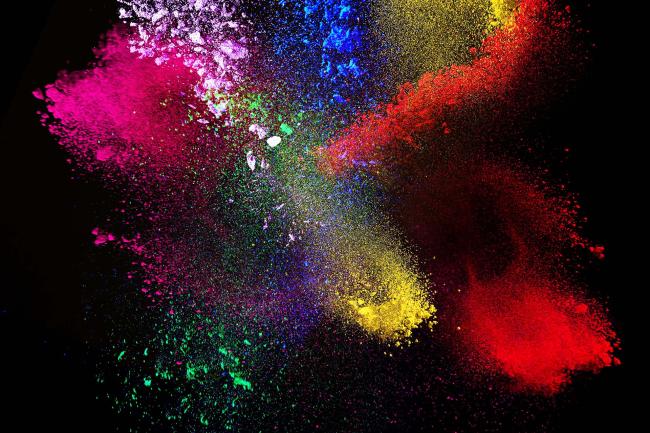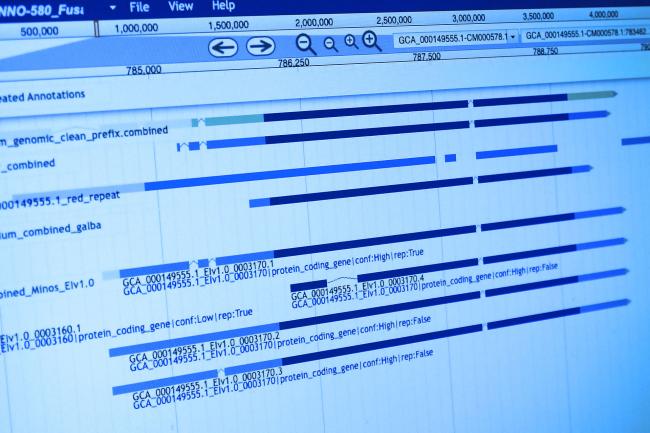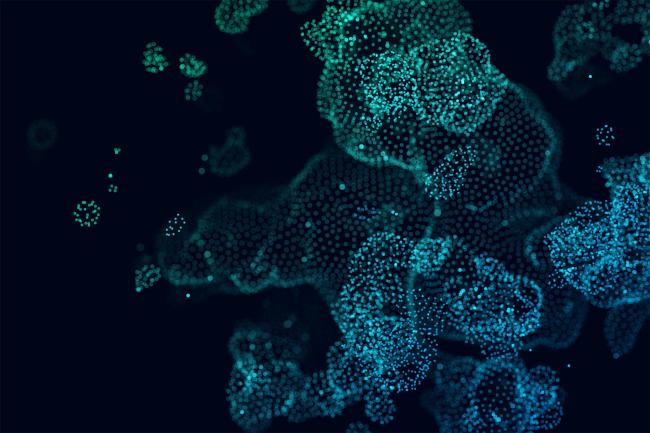Any good science story often involves a degree of healthy competition.
Crick and Watson plundered the work of Rosalind Franklin while simultaneously competing with Linus Pauling across the pond. Charles Darwin was also not the only person to be conceiving of a theory of evolution by natural selection, with Alfred Russel Wallace following concomitantly in his footsteps.
So too, Isaac Newton had a formidable rival in Gottfried Leibnitz - a great German philosopher who was himself contributing hugely to the advancement of the field of mathematics.
In fact, though Newton had already, 20 years previously, conceived of his theories on calculus, his work was so secretive that when Leibnitz had published his similar findings, Newton got quite furious. It seems that they had both got to the same conclusion independently.
We can appreciate this frustration in the modern world of science. The ‘scoop’ is still a huge pressure driver for the publication of papers - though whether this is healthy in an era that should foster collaboration, as well as friendly competition, is up for debate.
However, notwithstanding this, it’s great that there were two such mathematical geniuses straddling the same continent at the same time - and it was Leibnitz who helped lay the foundation for modern computing.
Indeed, Leibnitz invented binary, and dreamed up a calculator - over 150 years before Charles Babbage and Ada Lovelace worked together on the “Analytical Engine”.









